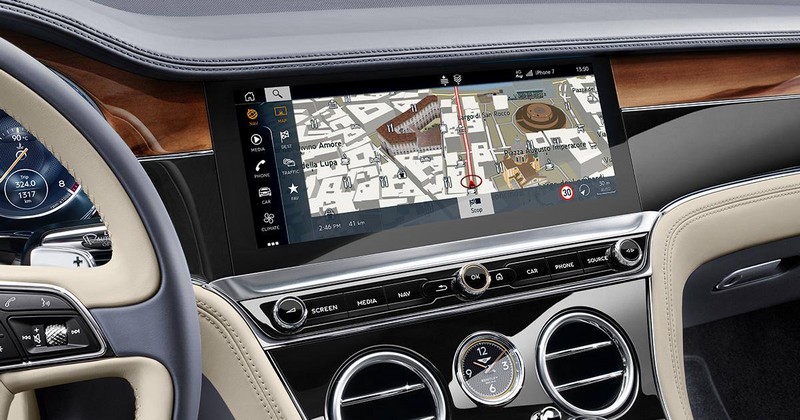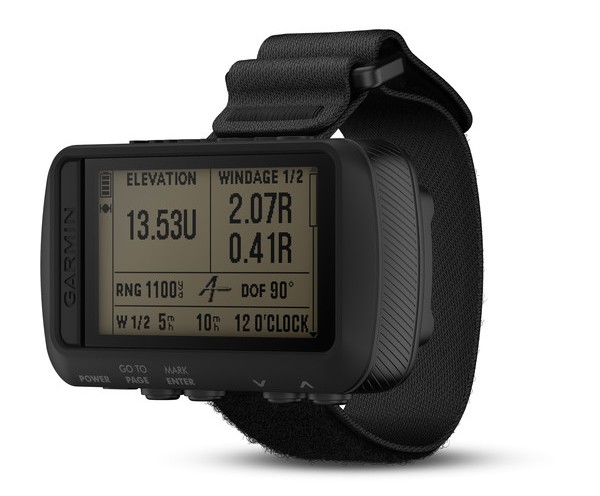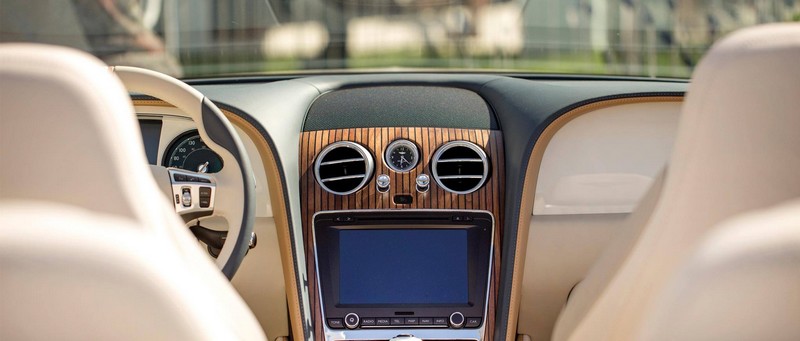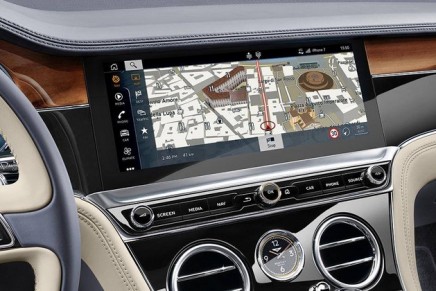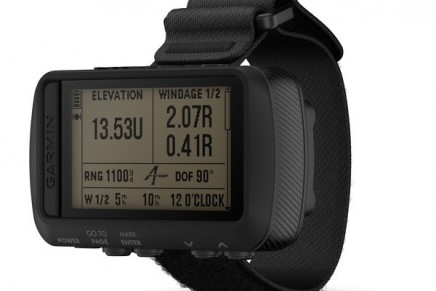Almost anyone has used a GPS before, and chances are you have, too. In case you did not know, your smartphone and other mobile devices come with integrated GPS receivers that enable you to use apps like Maps by Apple or Google Maps, as well as a variety of other navigational gimmicks made by social media networks. Even Facebook can tell your friends where you are, these days, unless you turn off that particular setting.
GPS units have become especially common in the past decades because people have started to drive for long distances. As you probably know already, it’s virtually impossible to get the route and destination right if you’re only using a paper map.
Smart GPS asset trackers feature a variety of tools essential to protecting your vehicle, from anti-theft remote immobilization to customizable maintenance alerts to help you address vehicle problems early and cut down on expensive repairs.
In this article, we will discuss the differences between cheap and pricey GPS models so that you can better understand which one you might need.
Are GPS apps good?
There’s an endless debate as to whether buying an actual navigator makes sense these days when all of the smartphones available out there come with integrated ones. It’s not as simple as that. Of course, using your mobile GPS is cheaper or can even be free, if you use your Cellular Data.
But think of it this way. What if you were to travel to another country, where your cell plan wouldn’t work or where you’d have to get a very expensive plan to make sure you have mobile internet at all times? And what about those mountain-packed areas you’re going to drive through, where there isn’t even a cell signal, let alone any type of internet?
Here is where a navigator proves its worth. Because its maps are preloaded, you will be able to use it regardless any mobile connection.
Cheap vs. expensive GPS models
Some of the most budget-friendly models you might encounter when you go online and look for such units available for sale are priced at about sixty to seventy dollars. There might even be cheaper ones, of course, but you should know that you get what you pay for, which is why it is recommended that you purchase one from a brand you trust.
Affordable navigators usually come with a limited number of functions. They might not let you know anything about real-time traffic, for instance, which is why you might have no ability to avoid road blockages.
Besides, the display of a cheap GPS will always be too small for you to actually tell what route you’re supposed to pick. Even the audio instructions might fail to satisfy you.
The most expensive models can offer you a versatility you might fail to encounter on any other device. For example, some can be used for a variety of purposes from fishing to hunting and even driving.
Their screen is typically big enough for you to see where you’re supposed to go even from the corner of your eye. Therefore, they allow you to remain focused on the road or whatever you might be doing.
The bottom line is that, if you’re looking for reliability and usability, you’re going to spend a pretty penny on your next navigator.

